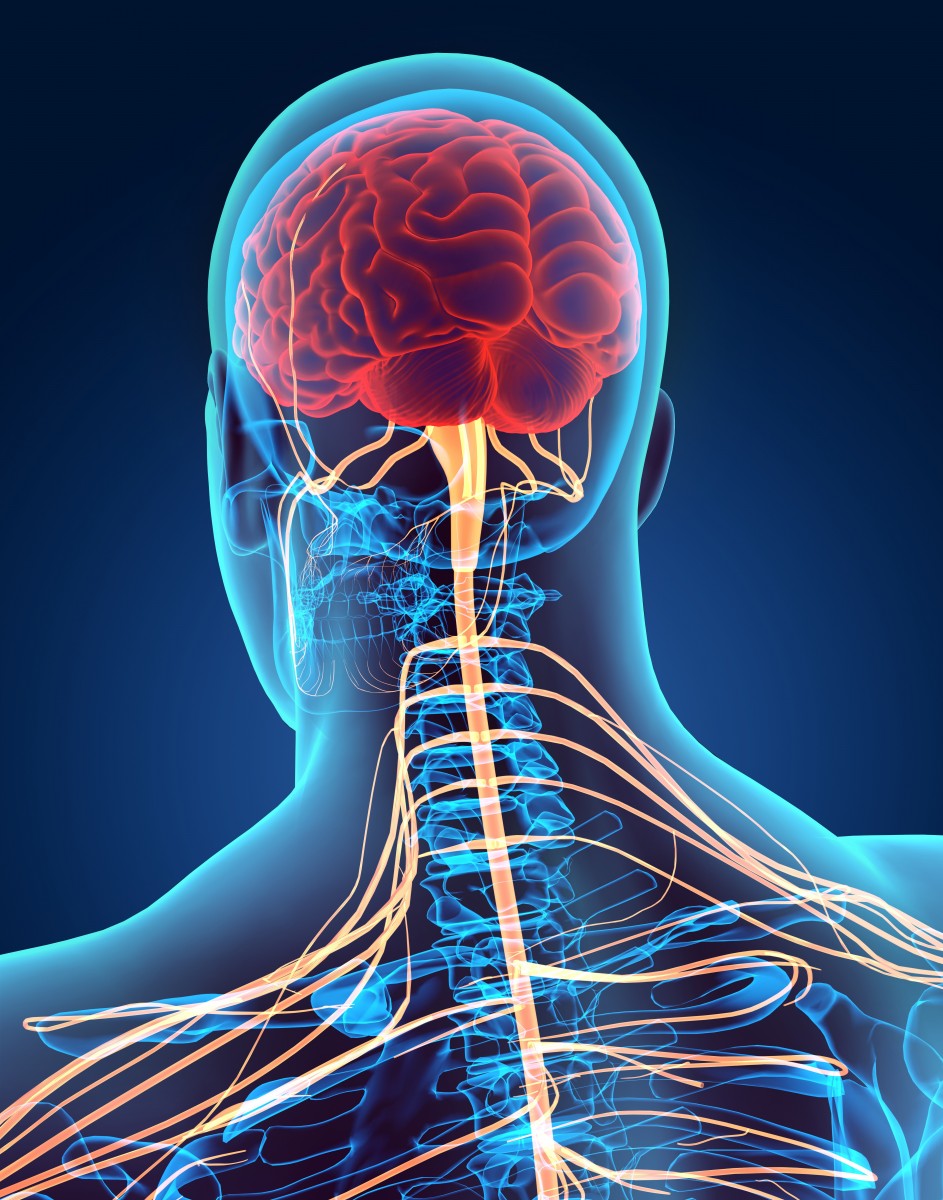Signaling Molecule Seen to Induce CNS Remyelination in Mice with Spinal Injuries

Neuregulin-1 is a signaling molecule of interest in the context of synaptic plasticity — the ability of our nerve cells to form new connections and get rid of those that are no longer needed. Now, a study showed that the factor is also indispensable for repairing myelin in models of spinal cord injury, a finding with possibly long-reaching implications for multiple sclerosis (MS) treatment.
The study, “Neuregulin-1 controls an endogenous repair mechanism after spinal cord injury,” was a collaborative effort between researchers from King’s College London and the University of Oxford, and it was published in the journal Brain.
Spinal cord injury and the nerve regeneration that follows have one thing in common with MS — good outcomes are highly dependent on remyelination of nerve cells. Spontaneous remyelination of damaged neurons in the spinal cord is very limited, and much research has focused on identifying factors that might speed up the natural process.
The scientists searched for these factors, analyzing a mouse model lacking the gene coding for neuregulin-1. Findings showed that when these mice suffered an injury to their spinal cord, no myelin repair whatsoever was evident.
As could be expected in the absense of remyelination, the mutant mice improved less after the injury than their normal counterparts, particularly when walking, balance, and coordination were assessed.
The research team also noted that neuregulin-1 could induce remyelinating functions in cells that normally do not hold this capacity — in so-called Schwann cells. These cells are known to myelinate nerves in the peripheral nervous system, but such an activity is unusual in the central nervous system, according to the researchers.
“Existing treatments are largely ineffective, so there is a pressing need for new regenerative therapies to repair tissue damage and restore function after spinal cord injury. These new findings advance our understanding of the molecular mechanisms which may orchestrate the body’s remarkable capacity for natural repair,” Elizabeth Bradbury, the study’s senior author and a professor of Regenerative Medicine & Neuroplasticity at King’s College, said in a press release.
Added Dr. Katalin Bartus, lead author of the study, “We hope this work will provide a platform for future research, in which it will be important to test how enhancing levels of neuregulin-1 will improve functional outcome after spinal cord injury.”
“By enhancing this spontaneous response, we may be able to significantly improve spinal cord function after injury,” Dr. Bradbury concluded. “Our research also has wider implications for other disorders of the central nervous system which share this demyelinating pathology, such as multiple sclerosis.”






